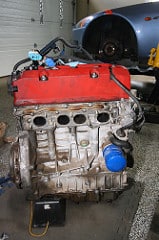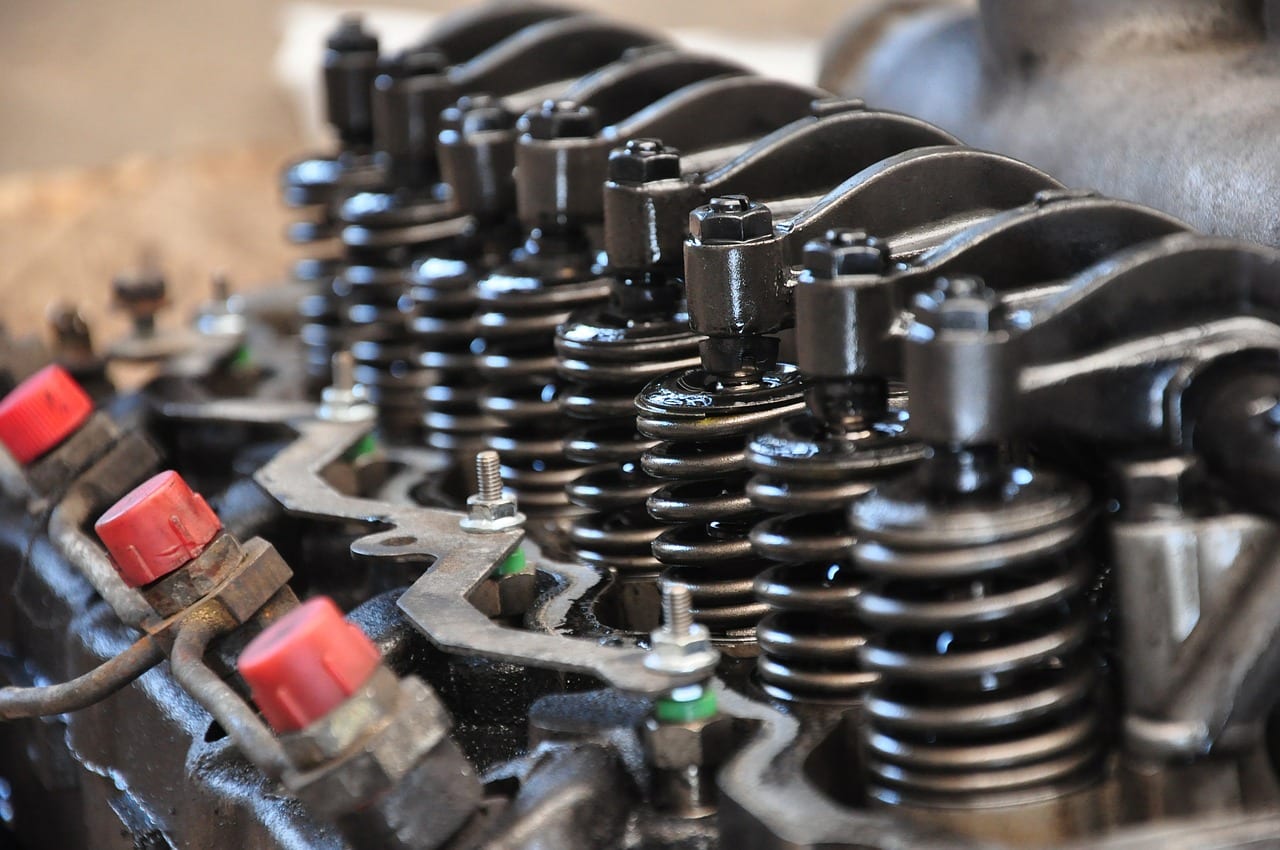Check and Prevent a Seized Engine
The engine in your car is the result of countless hours of testing and engineering advances designed to make your car perform better and make it more fuel efficient.
Engine seizures are usually caused by old age and neglect. Modern engines that utilize aluminum components are more prone to engine seizure when minor problems are left untreated. The culprit for most cases of engine seizure will have something to do with the amount and kind of oil that is inside your engine.
It is important to be aware of the oil level inside the crankcase. The presence of oil can be compared to the importance of blood inside our bodies. Engine oil levels need to be checked and inspected periodically to help prevent the occurrence of engine seizure. The oil inside your engine not only is designed to lubricate the internal parts but also contributes to lowering the temperature inside the combustion chamber.
Engine seizure can often be blamed on excessive heat inside the combustion chamber, causing the pistons to fail and even melt other vital engine components. Engine overheating is due to a variety of factors such as a broken water pump, leaks, or insufficient coolant. Remember that excessive and repeated engine overheating can also lead to a seized engine.
All motorists should change the oil inside their engine according to the specifications indicated in the owner’s manual. As a general rule, it would be best to change the oil at least every 3 months and have the cooling system inspected for leaks as well.
How to Check for a Seized Engine
If you want to know how to check for a seized engine on a car, you only need a couple of simple tools to properly perform the diagnostic procedure. Take note that an engine may exhibit different symptoms prior to seizing. It is important to be on the lookout for unusual engine noises, poor performance or fuel economy, burnt smells, excessive smoke and other occurrences that may occur from light engine damage.
You Will Need:
- Hand gloves
- Socket Wrench and socket wrench set
Step 1 – Park the Car and Open the Hood
Park the car in a safe area and pop open the hood. If your car refuses to start or suddenly died while cruising the highway, be careful of extreme temperatures inside the engine compartment. Wear hand gloves to help protect yourself from burns or scalds.
Remove one of the spark plug cables and turn the key to start the car. If the engine turns, then the engine may not be seized. To fully check the condition of the engine proceed to step 2.
Step 2 – Use the Socket Wrench to Turn the Crankshaft Pulley
Locate the crankshaft pulley and install the appropriate sized wrench head to fit the center bolt of the pulley. The crank pulley is usually located on the front or side of the engine (depending on the type of engine you have) and is the place where the serpentine belt or fan belt is attached. Four-cylinder engines will usually have the crank pulley located on either the left or right side of the engine.
Use the socket wrench to turn the pulley in the clockwise direction. If the pulley fails to turn normally then the engine is definitely seized. Bring the car to the nearest shop or have it towed to your favorite garage for appropriate repair.
Another trick is to remove the oil filler cap and have a friend crank the engine while you look at the engine internals through the oil filler opening. If the camshaft refuses to turn after cranking then a seized engine might be the cause of the problem.
Avoid Engine Seizures with Proper Engine Maintenance
The single best way to prevent engine seizure is proper maintenance. The simple act of changing the oil regularly is the probably the single best way to prevent engine seizures.
Have you heard of engine sludge? Engine sludge occurs when there is too much coolant, dirt, water, fuel, and other harmful contaminants in your engine oil. This is the reason why it is extremely important to change the oil frequently, especially if your car is always stuck in gridlock traffic or is only used for short trips.
Engine sludge can cause overheating, and you know that too much heat can cause an engine to seize.
Oil in the coolant is a surefire way to kill an engine quick.
Another thing to consider is using coolant for the radiator. There are those that only use tap water to refill the radiator or the reservoir. This is a huge mistake.
Using water alone is fine and dandy, but it can be extremely harmful in the long run, especially if you have a newer car. When tap water boils, it will leave traces of metal and rust inside the engine. Rust and corrosion will not only damage the water pump and the engine block, but it will also damage the radiator.
It is still best to use a solid mix of distilled water and coolant. When in doubt, you can always refer to the owner’s manual of your vehicle in order to determine the best ratio of coolant and water for your vehicle.
My Vehicle has a Seized Engine. Should I Repair or Replace the Engine?

Assuming that you have an older car, it is probably best to replace the entire engine. This alone will save you a lot of time and money hunting for parts, paying for labor, and testing if the problem is really gone.
However, only a professional mechanic can give you an honest opinion regarding the condition of your engine. In order to fully check the extent of the damage, your trusted mechanic will have to disassemble the entire engine, or probably remove the engine from your vehicle.
The cost will be the determining factor here. If it will cost you more to repair the engine then why bother? Just have it replaced so you can get back on the road in no time at all.
Conclusion
Now you know the simple way on how to check for a seized engine. Remember that neglect will play a big part in the life of your motor. Simply changing the oil at least twice a year will save you from a lot of headaches in the future. If your check engine light is flashing, it’s usually the first warning. Don’t hesitate to grab a diagnostic engine scanner for your iPhone or a code reader for your Android
Matt

